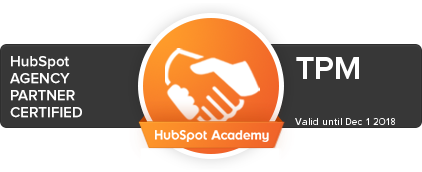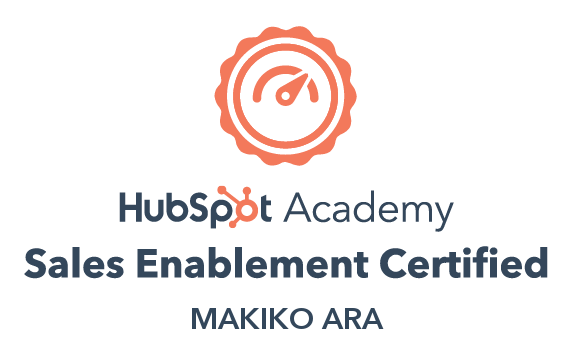Last summer, a team I had started working with during the Panini decided to have our first in-person social gathering after more than three years of communicating on Zoom. I knew all my colleagues pretty well — as well as you can know people you only ever see on-screen — but I had never met anyone’s partners or spouses. Making the rounds to greet everyone, a friend’s husband leaned in with a grin and said those words no one ever wants to hear.
“I’ve heard ALL about you.”
Every minor mistake I had ever made flashed before my eyes. What had he heard?! I had never accidentally appeared on Zoom without clothes, I never replied to all, and my work was always on time and high quality. But even though I knew I hadn’t done anything wrong, my brain was convinced this person knew something dark.
I laughed awkwardly. “All good, I hope?” He clapped a hand on my shoulder. “Of course, man! It’s great to finally meet you in person.” Whew.
Why am I telling you this story in a post called What is Sales Enablement? Because the sales experience in today’s B2B buyer journey is uncomfortably similar. Keep reading — it’ll all make sense soon.
What is Sales Enablement?
Sales enablement is using content, tools, and knowledge to empower your sales team to close more deals. It’s a collaboration between marketing and sales departments that can only work when those two groups are aligned.
Marketing teams develop blog posts, educational videos, product guides, and sometimes even sales scripts to help the sales team make good converting all those leads marketing efforts have generated. Sales teams, in turn, provide marketing with insights that can only be gained from direct interactions with customers, so marketers can hone their strategy and create content that really speaks to potential customers.

Why is Sales Enablement Important?
Why does sales enablement matter? Remember that feeling I described in the BBQ story where I was faced with someone who might know everything about me when I knew almost nothing about them? That’s why sales enablement is so important.
By the time a sales rep makes contact with a potential customer, that customer knows a heck of a lot more about the company than the rep knows about the customer. Your colleagues on the sales team — under more pressure than ever to close deals on a tight budget — are constantly facing prospects armed with knowledge and questions that can expose every shortcoming and flaw their offering has. Yikes.
It hasn’t always been this way. The traditional sales funnel put the sales team in control. Marketing teams created content and campaigns to draw prospects in, and their responsibility ended when they handed qualified leads off to sales. Sales reps then used pitches, demos, and discovery calls to move leads down the funnel until the deal was done. Easy.
But today’s sales funnel… isn’t a funnel. The buyer journey has changed. The sales team isn’t a lead’s primary source of information.
of the B2B buyer journey is self-directed online research
The new buyer journey bumped sales reps out of the driver’s seat (and handed the keys to prospects who left them in the dust). And that’s why sales enablement (meaning giving sales teams new tools and tactics to deal with this change) is so critical.
How to Enable Sales Teams in 2024
Understanding the challenges today’s sales team faces is the first step toward empowering them to overcome the hurdles and roadblocks they face.
- Buyers control more of the sales process than ever
- Information overload can overwhelm prospects and delay decision-making
- Decisions (especially in B2B firms) are made by teams, not individuals
- Public trust levels in business are declining
So what is sales enablement’s role here? All these issues really boil down to the fact that sales teams need to build a lot of trust, often with several members of a potential buyer’s organization, in a lot less time than they used to have. And that’s a problem marketers can help solve with sales enablement content. (Remember, buyers don’t distinguish between sales content and marketing content — they just see one brand.
- Keep your message clear and consistent, across all channels. Sloppy, contradictory messaging can make prospects lose trust and look for options elsewhere. The more trust prospects have in your brand by the time they talk to sales, the easier your sales team’s job will be.
- Take a customer-centric approach to your content strategy. There’s a lot of information out there for future clients to consume. Don’t overwhelm them with all the details of who you are and what you do — build content that directly addresses your audience’s challenges and goals.
- Create content that speaks to a variety of decision-makers. Hands-on users won’t have the same priorities as C-suite executives. Make sure both groups clearly understand how they’ll benefit from your offering. (In some cases, it can also be helpful to create content that helps lower-level influencers make a case for your offering to their bosses.)
Get Help From Sales Enablement Experts
The best sales enablement strategies are built on alignment and cooperation between both sales and marketing departments. If your teams are still struggling to build a collaborative strategy, let the experts at TPM help. We’ll help you create thoughtful content and serve it to the right person, in the right place, at the right point in their buyer journey to deliver increasingly predictable and scalable sales results. Get in touch today.
Enjoyed this read?
See our full collection of Sales Enablement blogs to close more deals, faster!



